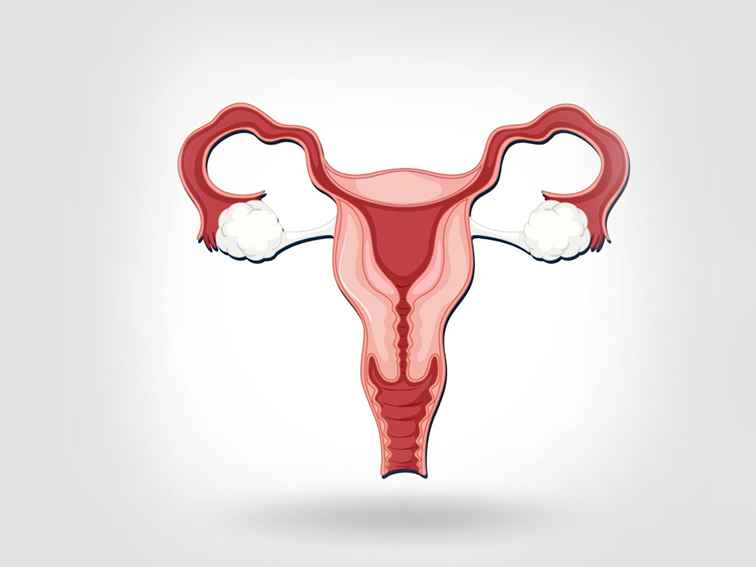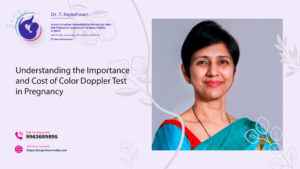Endometrial hyperplasia causes – In this condition, the lining of the uterus become thick. This is a non-cancerous or benign condition. However, it can lead to uterine cancer.
Endometrial Hyperplasia Causes
Excess estrogen without progesterone can cause endometrial hyperplasia. In the absence of ovulation, progesterone is not produced and thus uterus lining doesn’t shed. Estrogen can cause the endometrium to grow. When the endometrium continues to grow, the cells in the lining of the endometrium crowd and become abnormal – this is known as hyperplasia. It can lead to endometrial cancer.
During perimenopause ovulation may not occur regularly and women gradually approach to menopause. This is the state in the life of a woman wherein ovulation stops and progesterone is no longer made. Menopausal women have high levels of estrogen and inadequate progesterone – for this reason endometrial hyperplasia usually develop after menopause. The risk of endometrial hyperplasia increases if a woman:
- Has excess body weight
- Takes hormone therapy wherein she uses estrogen, but not progesterone
- Uses cancer medication such as tamoxifen – which acts like estrogen
- Has polycystic ovarian syndrome (PCOS) with irregular menstrual periods and fertility.
Risk Factors for Endometrial Hyperplasia
The following factors may increase the risk of endometrial hyperplasia in women:
- A family history of the condition
- Cigarette smoking
- A family history of uterine, colon and ovarian cancer
- Obesity
- Gallbladder disease, PCOS, diabetes mellitus or thyroid disease
- Early menarche
- Late menopause
- Nulliparity (never having been pregnant)
Types of Endometrial Hyperplasia
There are three types of endometrial hyperplasia based on the changes in the cells that line uterus.
- Non-cancerous or benign endometrial hyperplasia – the cell changes in the uterus lining are abnormal but not cancerous
- Precancerous changes or endometrial intraepithelial neoplasia (EIN) in uterus lining.
- Endometrial adenocarcinoma (cancerous changes in uterus lining) – these are well defined or differentiated endometroid type of cancerous changes in the uterus lining.
Signs and Symptoms of Endometrial Hyperplasia
- Abnormal uterine bleeding is the most common sign of hyperplasia.
- Bleeding longer than usual or heavier than normal during period
- Post-menopausal bleeding
- Shorter menstrual cycles
- Amenorrhea – not having a period
Diagnosis of Endometrial Hyperplasia
An obstetrician and gynecologist will ask you a few questions about the signs and symptoms if you have abnormal uterine bleeding or irregular menses. She will examine you and may order a few tests to confirm the diagnosis.
Transvaginal ultrasound exam – In this test a small probe is placed in the vagina. It traps the sound waves and converts them into images of the pelvic organs. This exam also measures the thickness of the endometrium. If it is thick, then it means that endometrial hyperplasia is present.
The gynecologist takes a small sample of the endometrium (endometrial biopsy) to study it under a microscope. This is done to confirm the diagnosis of endometrial cancer as endometrial hyperplasia causes this type of cancer.
Hysteroscopy: Your gynecologist uses a hysteroscope (a thin, lighted tool) to see your cervix and look inside your uterus. The procedure ca be done with a dilation and curettage (D&C) or biopsy. This is the best way to detect abnormalities within the endometrial cavity and take a biopsy if the doctor suspects any abnormality or cancerous growth.
Treatment
Your gynecologist will prescribe oral therapy (progestin) It is a synthetic version of the hormone progesterone. Progestin comes in different forms – tablets, injection, cream or gel and Intrauterine device (IUD) containing progesterone.
If the condition doesn’t improve or worsen, your gynecologist may recommend hysterectomy.
Bottom Line
Many of the symptoms associated with endometrial hyperplasia are common in women transitioning to menopause. For instance, irregular periods, skipping periods or abnormal periods occur during this transitioning phase or perimenopausal phase. If you are above age 35 and experiencing these symptoms, then you should consult your gynecologist and discuss about your symptoms and medical history. Your gynecologist will decide whether you need to go for checking endometrial hyperplasia.
Remember! Untreated endometrial hyperplasia can become cancerous in around 10 to 30% of the women.
.





